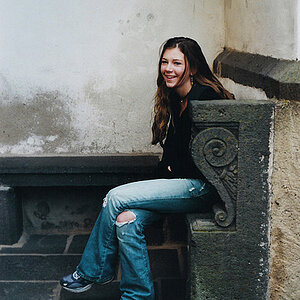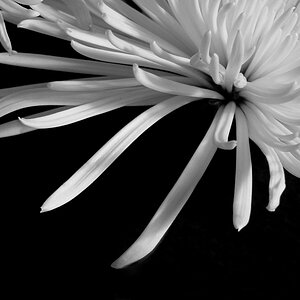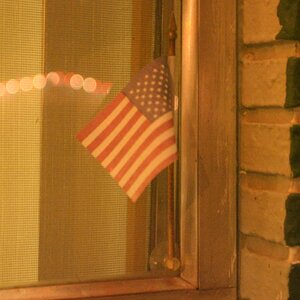dennybeall
No longer a newbie, moving up!
- Joined
- May 13, 2014
- Messages
- 2,308
- Reaction score
- 441
- Location
- OTOW - Ocala, Florida
- Website
- www.citrusphotorestore.com
- Can others edit my Photos
- Photos OK to edit
You can learn something from every post on this and other forums. Some are good, some are demented, some carry a lot of weight and some are suspect, especially when the poster has 0 (zero) pictures in their gallery to share.
The "inner artist" concept is one that I have always agreed with. I don't think I even have a "right brain"(the creative side??) sometimes but I still know what I like so compose and crop for that. Some of us will never have photos hanging on a Gallery wall but we can get the shot that tells the story. Makes us photojournalists I guess.
The "inner artist" concept is one that I have always agreed with. I don't think I even have a "right brain"(the creative side??) sometimes but I still know what I like so compose and crop for that. Some of us will never have photos hanging on a Gallery wall but we can get the shot that tells the story. Makes us photojournalists I guess.







![[No title]](/data/xfmg/thumbnail/32/32167-524b76a903731ff48d48682c9f9b0978.jpg?1619735234)


![[No title]](/data/xfmg/thumbnail/38/38261-db20f6f92ee8f0d4c5cf1536e308638b.jpg?1619738546)


